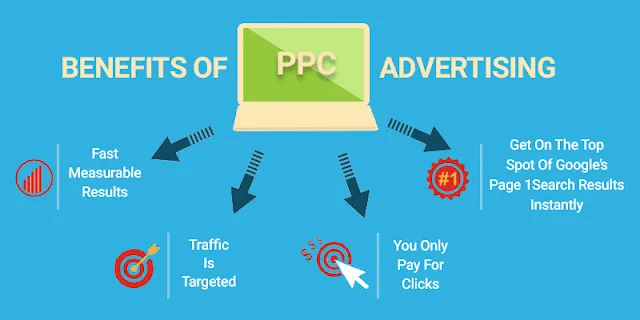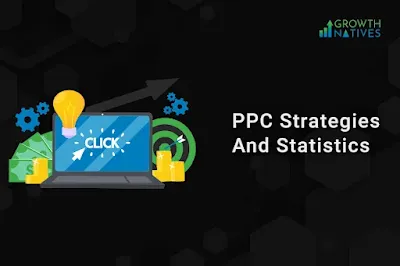Pay per click Master Guide
Pay per click Master Guide
A Beginner's Guide to Mastering Pay-Per-Click (PPC) Advertising
Pay-Per-Click (PPC) advertising has become an indispensable tool for businesses looking to expand their online presence and drive targeted traffic to their websites. If you're new to PPC or looking to improve your current strategies, this guide will walk you through the basics and help you become a PPC master.
What is Pay-Per-Click Advertising?
PPC advertising is a digital marketing model where advertisers pay a fee each time their ad is clicked. It's a way to buy visits to your site rather than attempting to earn those visits organically. The most popular platform for PPC advertising is Google Ads, but other platforms like Bing Ads and social media platforms also offer PPC options.
Getting Started with PPC
Set Clear Goals: Before diving into PPC, define your objectives. Whether it's driving traffic to your website, generating leads, or increasing sales, having clear goals will guide your PPC strategy.
- Keyword Research: Identify relevant keywords related to your business using tools like Google Keyword Planner or SEMrush. Focus on keywords with high search volume and low competition to maximize your ROI.
- Create Compelling Ad Copy: Write engaging ad copy that speaks to your target audience's needs and interests. Highlight your unique selling points and include a clear call-to-action to encourage clicks.
- Optimize Landing Pages: Ensure that your landing pages are relevant to your ad copy and provide a seamless user experience. Include a clear call-to-action and remove any unnecessary distractions to improve conversion rates.
Advanced PPC Strategies
- Ad Extensions: Use ad extensions to enhance your ads with additional information like sitelinks, callouts, and reviews. Ad extensions can improve ad visibility and drive more qualified clicks.
- Remarketing: Target users who have previously interacted with your website by setting up remarketing campaigns. This allows you to re-engage with users who are already familiar with your brand and increase conversions.
- Audience Targeting: Take advantage of audience targeting options to reach specific demographics, interests, and behaviors. Segment your audience and tailor your ads to their preferences to improve ad relevance and performance.
- Ad Scheduling: Optimize your ad scheduling to show your ads at times when your target audience is most active. Use data to identify peak times and adjust your ad schedule accordingly to maximize exposure.
Monitoring and Optimization
- Track Key Metrics: Monitor key metrics like click-through rate (CTR), conversion rate, and cost-per-click (CPC) to gauge the performance of your campaigns. Use analytics tools to identify areas for improvement and make data-driven decisions.
- A/B Testing: Experiment with different ad creatives, targeting options, and landing pages using A/B testing. Test one variable at a time and analyze the results to optimize your campaigns for better performance.
- Budget Management: Allocate your budget strategically across campaigns and ad groups based on performance data. Focus more resources on high-performing campaigns and adjust your budget allocation as needed.
- Quality Score Optimization: Improve your ad quality score by optimizing ad relevance, landing page experience, and expected click-through rate. A higher quality score can lead to lower CPCs and better ad placements.
Conclusion
By following these steps and implementing best practices, you can master the art of PPC advertising and drive meaningful results for your business. Keep learning, experimenting, and refining your strategies to stay ahead in the ever-evolving world of digital marketing. With dedication and perseverance, you can achieve success and grow your business through PPC advertising.






Comments
Post a Comment